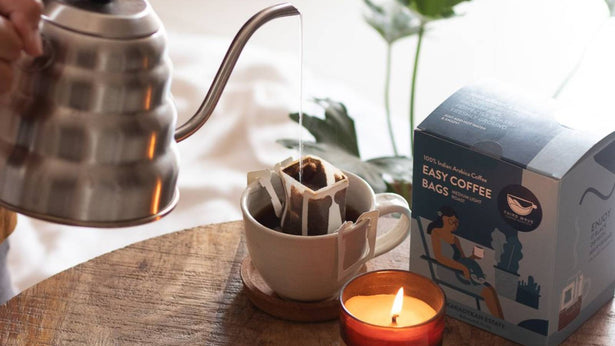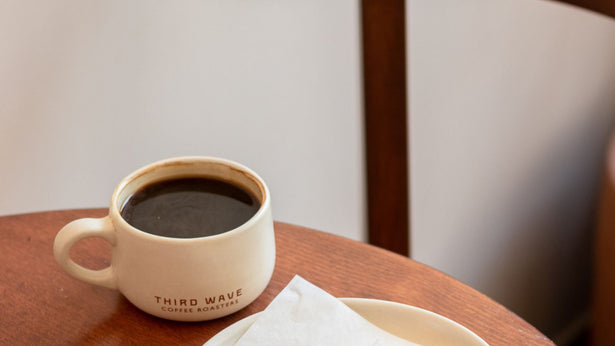As specialty coffee is slowly making its presence felt, people are becoming more aware of the different aspects of coffee such as body, acidity, sweetness etc. As you try different beans from different origins, look out for these four basic characteristics: aroma, acidity, body, and flavor.
Identifying these elements is not easy in the beginning. According to experts in the industry, coffee has over 800 different chemical compounds that contribute to different flavors! To put that in context, the wine has around 400. You’ll get better at identifying and comparing different types of coffees once you start identifying these four characteristics:
Aroma: As the name suggests, aroma refers to the smell that the coffee gives out. This is often the hardest characteristic to identify as it is the most subtle. To really be able to discern the aroma of the coffee you’re drinking, place your nose above the cup and take a good whiff. It might take a couple of tries, but nobody is in a hurry! Some of the common terms used to describe the aroma of a coffee are fruity, nutty, spicy and others.A word of caution smells to avoid: burnt, rubbery or of chemicals.
Acidity: This characteristic is used to describe how sharp the coffee is on your tongue; you can feel this sharpness on different parts of your mouth and tongue. It is very important to understand the difference between acidity & sourness. Good acidity is like drinking orange juice vs sourness is what we experience when we squeeze lime on our tongue. Coffee that has a low level of acidity is described as ‘smooth’, while one that has a higher level is described as ‘bright’. A coffee is considered to be astringent if it leaves your mouth dry, like a raw banana. We at Third Wave are always looking for bright coffees that display notes similar to blueberries, oranges, grapefruit etc
Body: The body of the coffee is a term used to describe the feel of the coffee in your mouth and the way it sits or rolls on your tongue. Is it light and fleeting? Or heavy and long-lasting? Typically, it falls under two types: light and full.
-
Light: Coffees that have a thinner tactile feeling on your tongue. This is generally a feature of light roasts or drip coffees; the essential oils are removed during the brewing process because of the paper filter, leaving it lighter.
-
Full: The coffee will linger on your tongue and feel thick or heavy. The texture is similar to that of butter, or syrup.

